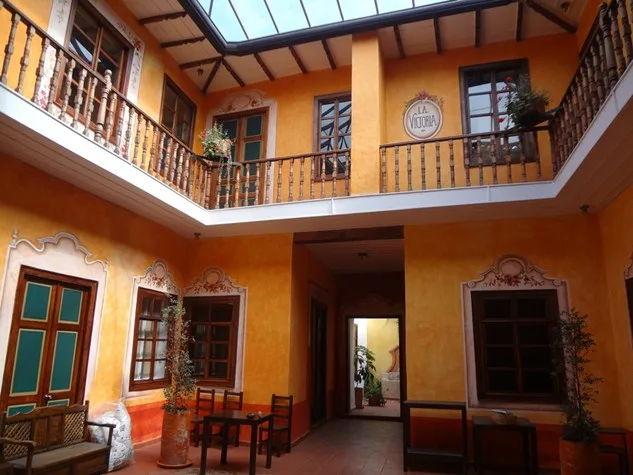Mingling with the beautiful people

By Markku Sario
First, may I apologize? I am Markku Sario of My Smorgasbord, not Robert Bradley, but merely a Bradley pro tempore with pretensions of adequacy. I am doing Robert’s column today while he is in the hospital with knee surgery that has become much more complicated — and painful — than expected.
So, what beautiful people am I referring to? I look at the overwhelming majority of Ecuadorians, and they are indeed beautiful. Babies, in particular. It seems that most Caucasian babies, my own included, look like Winston Churchill, while I have yet to see an Ecuadorian baby or young person who is less than lovely. And that refers merely to their physical appearance, and I want to comment on something much deeper than that.
The adults I have come to know in my four years in Cuenca all have a certain presence, an assuredness of their role in life, their family, their religion. A dignity that expresses itself most fully in the faces and bearing of the elderly, who have the respect of the society in which they live. They have special seats on the bus, special lines at the bank, special rates for utilities. People give up their seats for them.
 In North America, that is rarely the case, except perhaps within the Native American population. Instead, there is a media-driven youth culture, a shallow import placed on appearance over accomplishment, wisdom or unpretentious grace. Why are the Kardashians deified while others, more plain in appearance, are ignored or deemed having less worth? How many magazine covers have featured the Kardashians, compared to, say, Judy Dench or Desmond Tutu?
In North America, that is rarely the case, except perhaps within the Native American population. Instead, there is a media-driven youth culture, a shallow import placed on appearance over accomplishment, wisdom or unpretentious grace. Why are the Kardashians deified while others, more plain in appearance, are ignored or deemed having less worth? How many magazine covers have featured the Kardashians, compared to, say, Judy Dench or Desmond Tutu?
When I am with my local friends, listening to them talk, watching them interact with their families, I am reminded of their ancestry. I am reminded of the beauty of their mixed heritage and how they raise their children to balance and respect all aspects of their lineage.
 Several years ago, I visited the monument at the center of the world, said to mark the precise location of the equator by a stele and lines radiating in cardinal directions. This location had been determined by a French scientific team using the then-latest technology to be near but somewhat different from where the indigenous people had placed it decades earlier based on their years of solar observation by non-technical means. When satellite GPS positioning became available, it was found that the indigenous observations were the most accurate.
Several years ago, I visited the monument at the center of the world, said to mark the precise location of the equator by a stele and lines radiating in cardinal directions. This location had been determined by a French scientific team using the then-latest technology to be near but somewhat different from where the indigenous people had placed it decades earlier based on their years of solar observation by non-technical means. When satellite GPS positioning became available, it was found that the indigenous observations were the most accurate.
 Charles Frazier in Cold Mountain said, “Keeping track of such a thing would place a person, would be a way of saying, You are here, in this one station, now. It would be an answer to the question, Where am I?”
Charles Frazier in Cold Mountain said, “Keeping track of such a thing would place a person, would be a way of saying, You are here, in this one station, now. It would be an answer to the question, Where am I?”
Look at the faces of Ecuadorian elders. Yes, their faces are wrinkled, their hair is gray, they may have less than the full complement of teeth, but they have an inner confidence and dignity. They are here, in this one station, now.
They are beautiful.


















